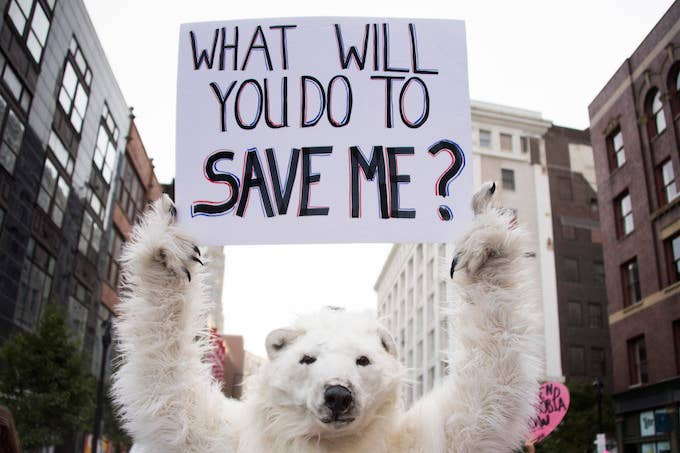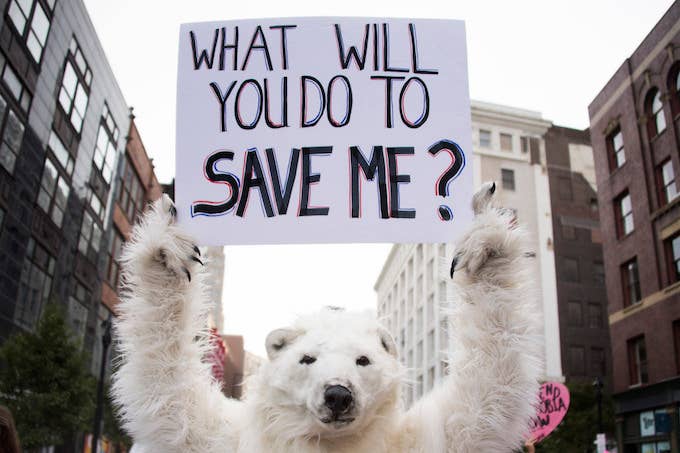
We have 10 years to save the Earth’s remaining wildlife.
According to a new draft plan released by the UN Convention on Biological Diversity, almost a third of the world will need to be protected by 2030 and we will need to cut pollution in half in order to save our fragile biodiversity. The plan shared global goals to meet as we enter Earth’s sixth era of mass extinction.
The convention set similar goals in 2010, but the world was unsuccessful in meeting the 2020 targets and is now being confronted with unparalleled “extinction rates, threatened ecosystems, and severe consequences for human survival,” CNN writes.
The convention’s intent is to preserve our biodiveristy by 2030 and allow for the recovery of ecosystems by 2050. However, these targets will necessitate action on local and global levels. “Biodiversity, and the benefits it provides, is fundamental to human well-being and a healthy planet,” the draft plan reads.. “Despite ongoing efforts, biodiversity is deteriorating worldwide and this decline is projected to continue or worsen under business-as-usual scenarios.”
The draft plan provides 20 targets for the upcoming decade, varying from carbon emission reduction to food sustainability. One target is to provide protected status to sites vital to biodiversity, safeguarding at least 40 percent of these land and sea areas by 2030, with at least 10 percent under “strict protection.” Another target is to curb pollution from biocides, plastic wastes, and excess nutrients at least by 50 percent.
Additional targets guarantee that trade of all wild species is lawful and viable, increasing sustainability in economic sectors and individual consumption, and entrusting indigenous communities to help in conserving wildlife.
This is the first mass extinction caused by humans. The UN warned in 2019 that a million of the planet’s eight million species are facing extinction, with many to die out within decades. “The global rate of species extinction is at least tens of hundreds of times higher than it has been on average over the past 10 million years,” CNN writes.
Major threats to our wildlife are shrinking habitats, abuse of natural resources, climate change, and pollution. The world’s growing population, increasing demand, and tapped resources are a big part of the problem: more mouths to feed means our resources are depleting at a faster rate. The draft plan revealed that the world’s population of 7.6 billion is anticipated to reach 8.6 billion by 2030 and 9.8 billion by 2050, with serious “implications for the demand for resources, including food, infrastructure, and land use.”
The plan will be finalized and approved in October at a biodiveristy summit in Kunming, China.

